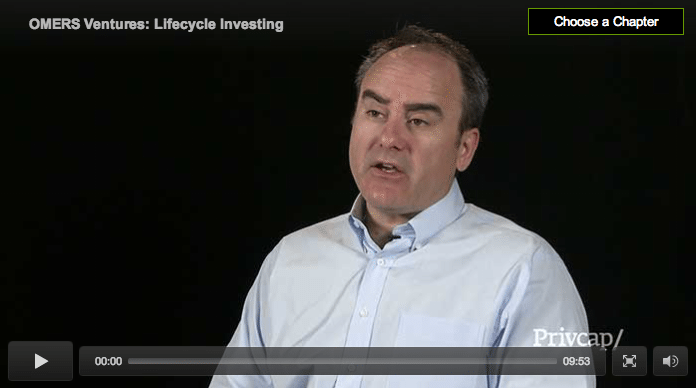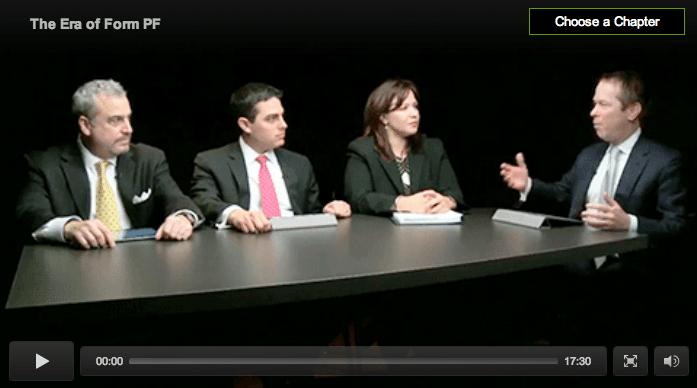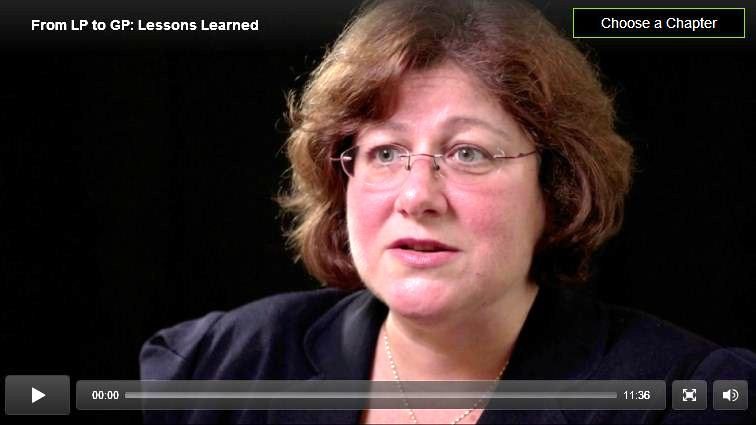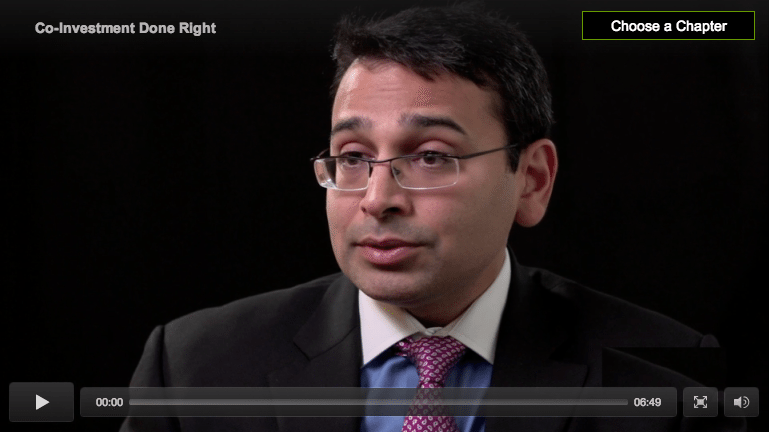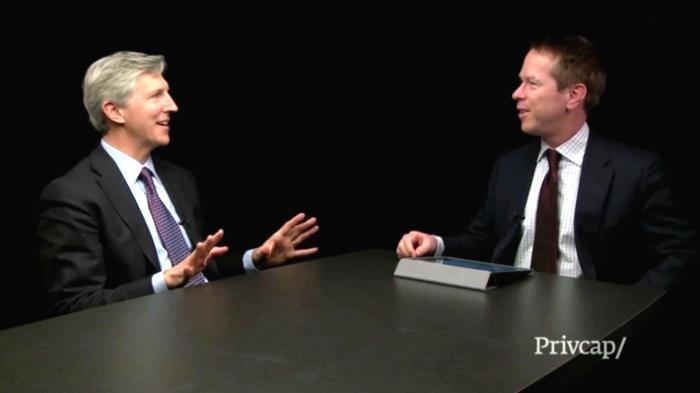Co-Investment: Hazardous to Your Health?
Julia Child, meet David Bonderman.
Perhaps it was inevitable that the “do-it-yourself” craze that pervades so much of consumer culture found its way to private equity. Humans are, genetically speaking, an overconfident lot.
Take the growing enthusiasm among limited partners for direct and co-investment. Solo investing, it seems, is to the LPs what the chocolate lava cake is to those who watch a flour-dusted chef on The Food Network. It’s an imperfect analogy, of course, but one can’t help but observe the trend and wonder whether LPs are setting themselves up for a sticky mess.
A few LPs have taken steps to become such GP/LP hybrids and, the data suggests, many more hope to do so. A recent Prequin report said that of the LPs it tracks in its database, 730, or more than half, are actively seeking co-investments (43%) or are exploring the idea (11%).
Yet the GP/LP model was born from the theory that specialization works—LPs focused on vetting fund managers, while the GPs focused on making smart direct investments. Given the industry’s long-term track record of outperforming the public markets, it’s hard to argue that the arrangement is fundamentally flawed.
One major problem is that direct investing of any scale and consistent success requires a dedicated staff–deal pros, analysts, legal teams—that can respond quickly (and competently) to opportunities.
“You need to have a very direct effort to make direct investments,” Nitin Gupta, a partner with Caspian Private Equity, told Privcap in a recent interview. “Secondly, I would say it’s that you need to be able to respond quickly to the GPs when they bring a co-investment opportunity to you. You need to be able to analyze it pretty rapidly and you need to be able to have a viewpoint on it and be able to go back with them and say, this may or may not work.”
Despite widespread interest in direct investing, anecdotal evidence suggests that many LPs are not, in fact, dedicating full-time resources to the effort. One high-level private equity recruiter recently told Privcap that for all the talk of co-investment, there’s been very little in the way of hiring of direct-investment deal pros by limited partners. Instead, LPs with an appetite to go direct have marshaled their existing resources, putting the burden on the same overworked staff who have a hard enough time managing the GP relationships they have in traditional private equity arrangements.
So this isn’t to say that some LP managers overseeing private equity investments aren’t capable of making wise direct/co-investment decisions. It’s simply that many are already stretched thin: Talk to most managers of
private pension funds and they likely won’t boast of their budgets and free time.
The exceptions, of course, are the big-time pensions and endowments whose sheer size and capital allocations warrant and allow for dedicated direct programs. The Ontario Teachers’ Pension Plan, the China Investment Corp., the University of Michigan, and others, have made solo investing an integral part of their missions.
A reduction of fees paid to general partners is generally cited as the motivation for direct/co-investing, but the big-time funds have seen gains beyond saving fees. A recent study completed by Josh Lerner of Harvard Business School and other researchers found that fees are only part of the equation. It found that direct LP investments by large funds outperformed traditional PE investments arrangement by 13-19% IRRs, an outperformance the researchers also attributed to the fact that those investments tended to be “local” to the LP. In others words, they had superior knowledge of the investments because in many cases they were located in the LPs’ backyards.
It’s important to note that Lerner’s study speaks to true “direct” investing—when the LP makes the full investment in a portfolio company. An LP that sources and fully underwrites direct investments is acting as its own independent GP. In October, for instance, the OTTP made a C$150 million direct equity investment in natural gas producer Canbriam Energy Inc., joining a group of existing private equity investors.
Co-investing–in which LPs typically provide small slugs of equity to deals that have been sourced, underwritten and largely financed by others-is, in a sense, direct investing “lite,” and is not without additional risks. The most obvious is the oft-cited “lemons” problem: if a deal is so great, why would a GP offer the LP a piece instead of investing on its own?
“We’ve seen so many cases where there’s simply adverse selection, where a GP can’t get a deal fully funded, so he takes it out for co-investment,” said Drew Guff, co-founder of Siguler Guff, in a recent interview. “And limited partners have to be very wary of that.”
Some GPs would argue that co-investment opportunities are driven by the need for more equity in great deals, not because they want to decrease their fund’s exposure to questionable ones. Ultimately, it’s difficult to tease out the motivations, a scenario that always favors a more conservative approach.
So what’s a returns-hungry LP to do? When it comes to investing on its own, tread lightly. For many, a more prudent approach is to push for lower fees and spend time analyzing and building relationships with a smaller set of competent managers.
Better that than spend a pile of money on a plan that may come out, well, half-baked.
Privcap’s Matthew Malone says that LPs should think twice before starting a direct or co-investing program

